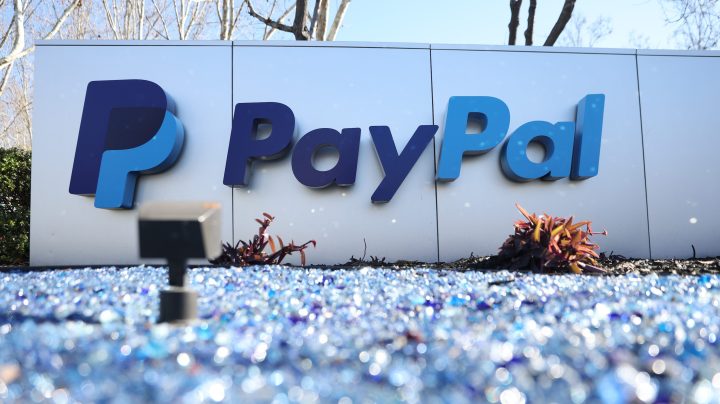
Peer-to-peer payment use is growing. So are scams.

You could argue a technology really arrives when it becomes a verb. Over the course of the pandemic, “Venmo me” became a common refrain, with more people turning to peer-to-peer payment apps to send money. And not just Venmo, but others, like Zelle, PayPal and Cash App. But with that growth in use has come growth in fraud. Now, according to The Wall Street Journal, the Consumer Financial Protection Bureau is planning to release guidance pushing banks to pay back customers who lose their money through scams on these apps.
“A typical one would be, you get an email or a text message from a fraudster that’s impersonating your bank,” said Lisa Ellis, a partner and senior research analyst at MoffettNathanson. “So what it often says is ‘We’re trying to complete your recent payment,’ and then it’s some sort of threat.”
MoffettNathanson is a division of SVB Securities, whose clients include companies that own peer-to-peer apps.
Ellis said the companies haven’t disclosed how much consumers have lost from scams, but she estimates it’s around $10 billion. And consumers are on the hook for all of it.
“There’s no regulatory requirement that requires the banks or the service providers to pay back consumers if they fall for a scam,” Ellis said.
If companies are pushed to reimburse consumers, then these services will cost more, said Scott Talbott with the Electronic Transactions Association, a trade group representing the payments industry. Or those instant payments might become less instant, he said.
“We may inject or insert time between when you hit send and when the recipient receives it, designed to determine ‘Is this transaction actually real or is it fraud?'” Talbott said.
Companies say they do their best to educate consumers about tactics used by fraudsters. Early Warning Services, the network operator and owner of Zelle, points to its Financial Education Center, which provides resources for this.
Meanwhile, consumer advocates say if a payment is a scam, then it should go slow.
“Everybody is going to be better off if payment companies and banks have an incentive to make it safe, because people aren’t going to use the systems if they’re not,” said Lauren Saunders with the National Consumer Law Center.
Marketplace reached out to the Consumer Financial Protection Bureau about the report on the new guidance. The agency responded with a statement that said: “Reports and consumer complaints of payments scams have risen sharply, and financial fraud can be devastating for victims. The CFPB is working to prevent further harm, including by ensuring that financial institutions are living up to their investigation and error-resolution obligations.”
There’s a lot happening in the world. Through it all, Marketplace is here for you.
You rely on Marketplace to break down the world’s events and tell you how it affects you in a fact-based, approachable way. We rely on your financial support to keep making that possible.
Your donation today powers the independent journalism that you rely on. For just $5/month, you can help sustain Marketplace so we can keep reporting on the things that matter to you.

















